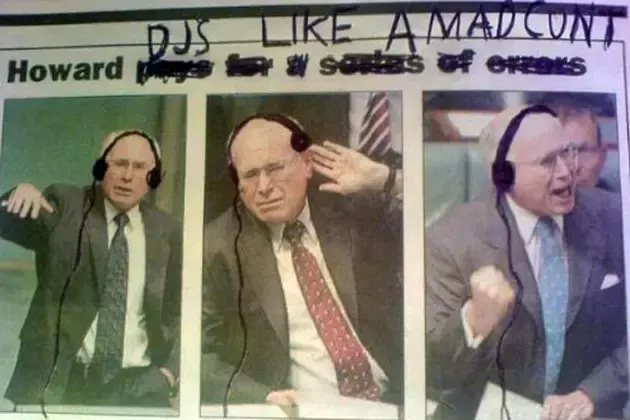You need to only look at the modern crossbench, and the teals in particular, to see the prospect of a 2010 repeat is unlikely.
These modern independents aren’t former Nationals blokes who have turned their back on their party.
They’re modern women who couldn’t see themselves in the party that once took their seats for granted.
“While the 2022 election might be heralded as a ‘breakthrough’ for the independents, the conditions for their election have been building over several decade,” the Australian Election Study noted in 2022.
“Many of these changes are associated with voters being ‘less rusted on’ to the major political parties and becoming more independently minded in their political choices.”
That’s the problem with scare campaigns like the Coalition’s. When you threaten voters with a minority government, that would require crossbench negotiations, some in the seats you’re trying to win might be left thinking: “Oh, that sounds more preferable than you.”


This is the section on the Teal vote from the study: